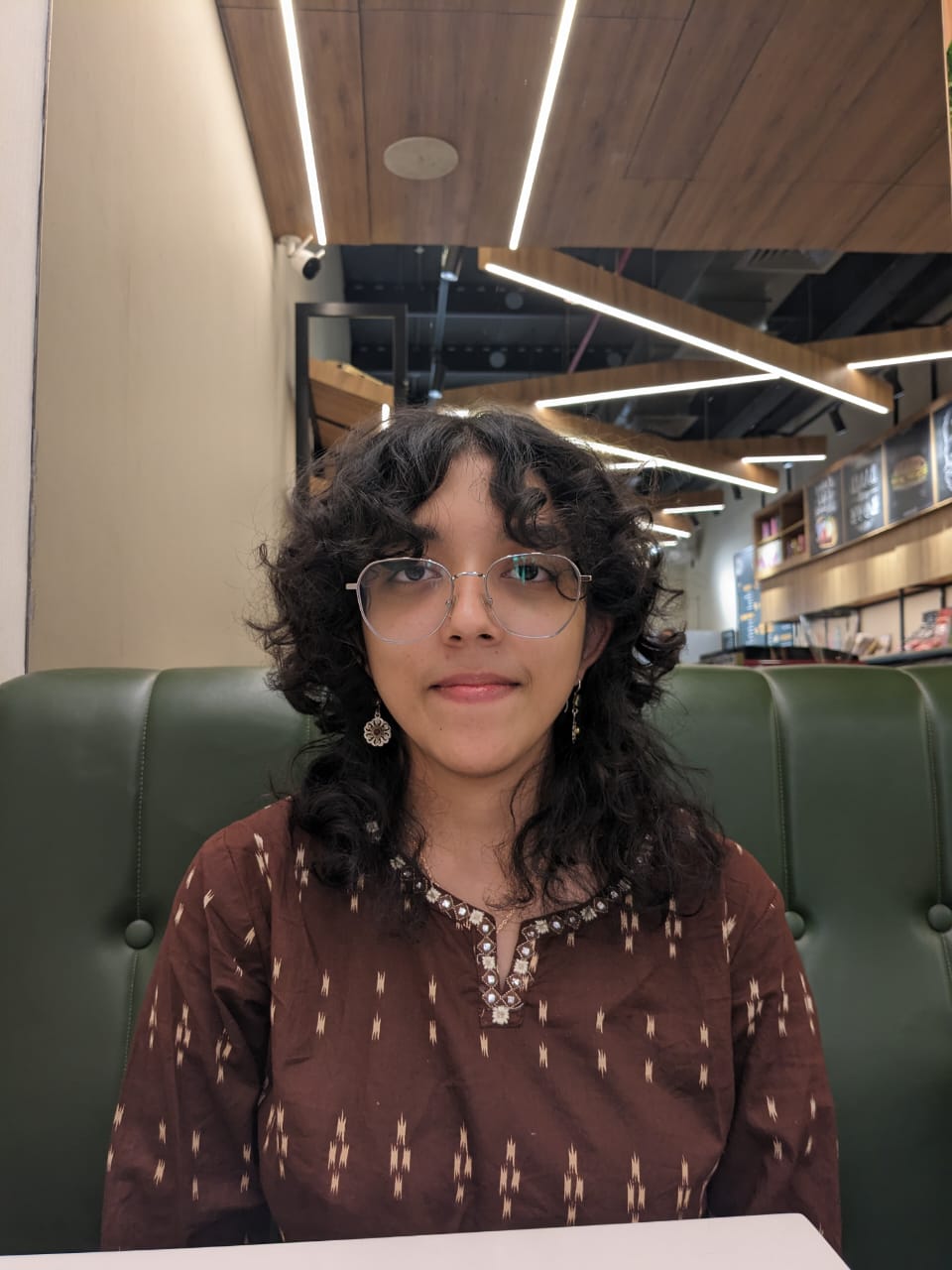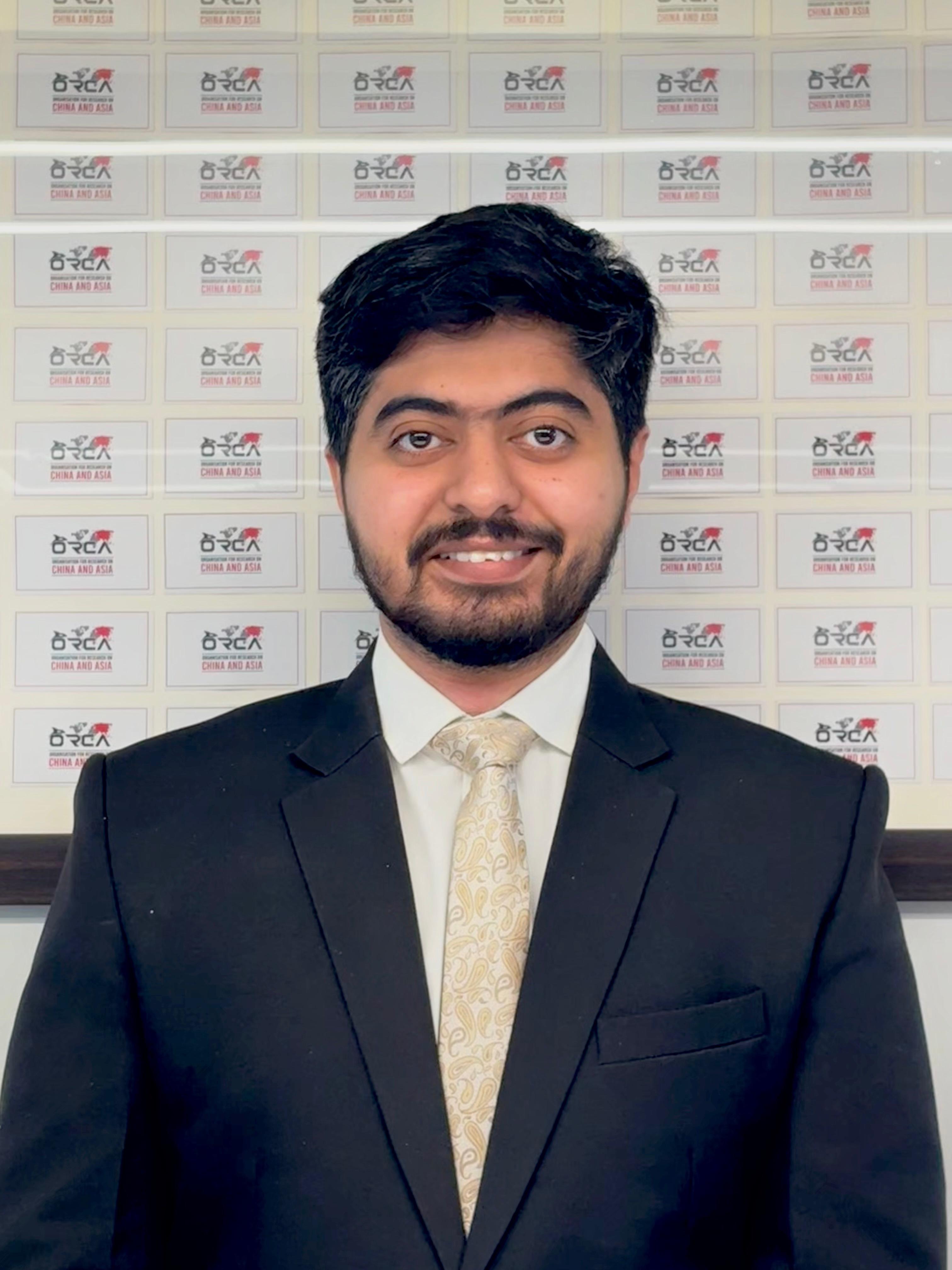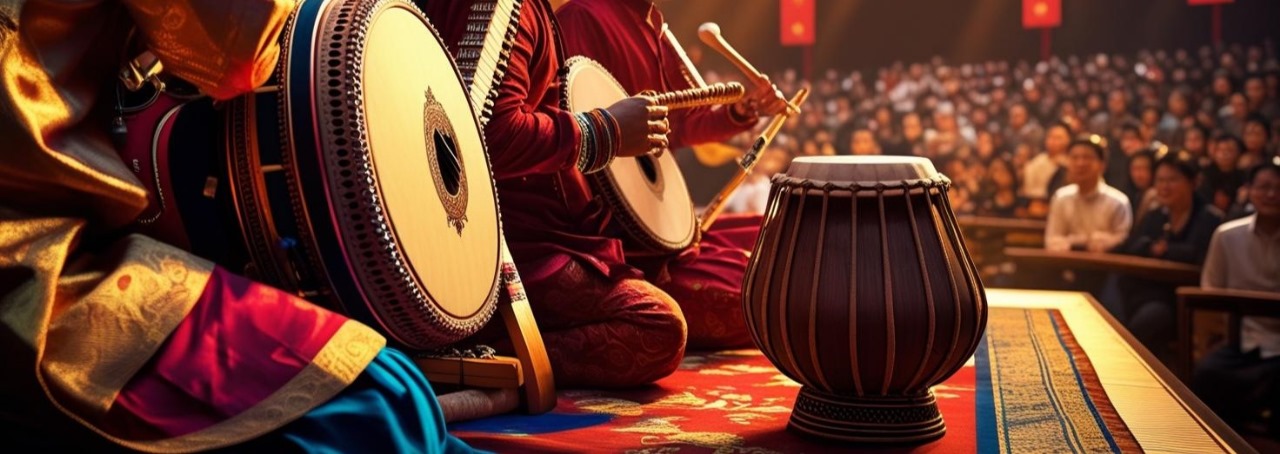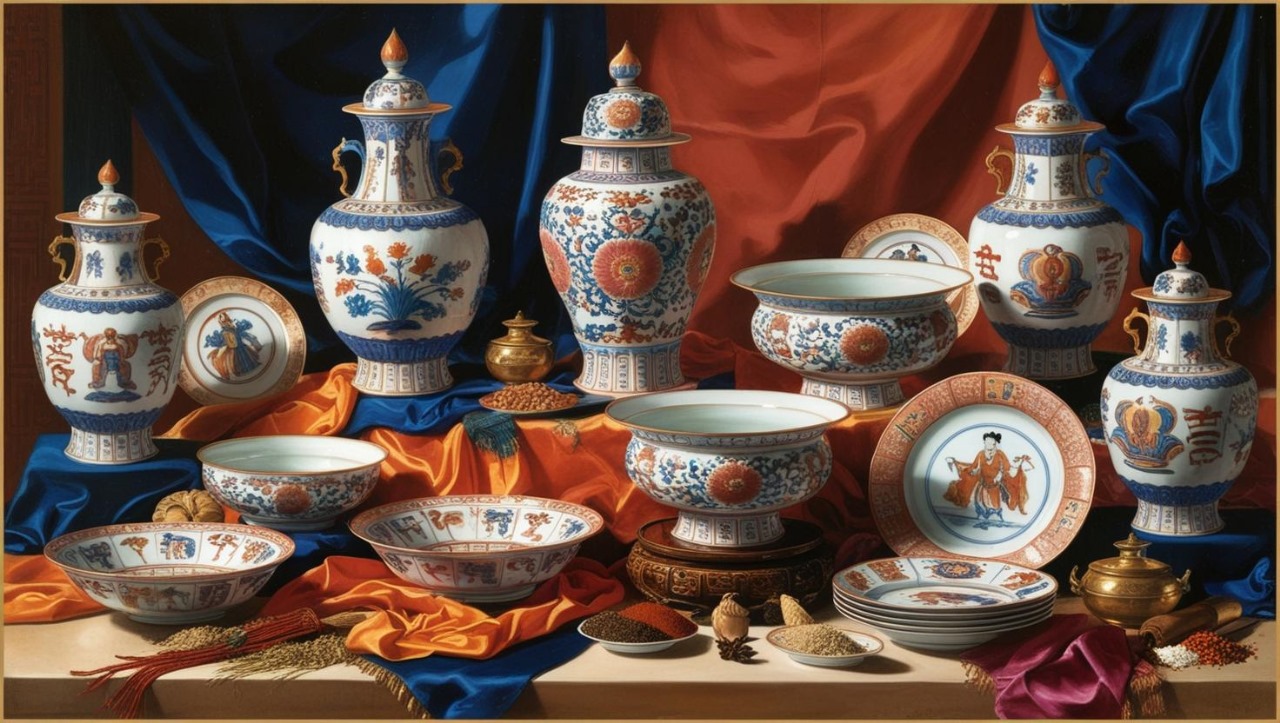The story of Doctor Dwarkanath Kotnis is a demonstration of how individuals forged bonds of human connection between India and China. But it is ultimately a story of camaraderie through the struggles of war and conflict. The impact of people to people ties between India and China is exemplified by the travels and contributions of Dr. Kotnis. His contribution resonates with people in China to this day and remains one of the most commonly referenced instances of people to people ties between the two countries.
Kotnis Who?
Dwarakanath Shantaram Kotnis was an Indian doctor who contributed to the medical team of the Eight Route Army of the Chinese Communist Party (CCP) during the 1937-1945 anti-Japanese war movement. Based at the border of Shanxi-Chahaer-Hebei Base, his medical expertise was utilised in operating on and assisting injured Chinese soldiers, as well as in improving the lacklustre medical equipment available at war hospitals in China at the time. The Army was in dire need of doctors and medical equipment at the time. Dr. Kotnis applied to assist the Chinese resistance to Japanese occupation when the Indian National Congress decided to send a medical team to China in an act of solidarity with Mao Zedong’s Communist Party. The Chinese Communist Party, through Marshal Zhu De (Commander-in-Chief of the Eight Route Army), wrote letters to Jawaharlal Nehru requesting India for aid in China’s fight against Japan in the form of medical supplies, tools, and practitioners to expand the team of war doctors on the frontlines.
Kotnis’ Journey in China
A team of five doctors, Dr. M Atal from Allahabad, Dr. M Cholkar from Nagpur, Dr. Mukerji and Dr. Bijoy Kumar Basu from Kolkata and Dr. Kotnis from Solarpur, was selected to represent India’s aid effort. The team was dispatched on board the Rajputana steamer on September 1st, 1938. They carried one ambulance truck, 60 cases of medicine, surgical instruments and X-Ray apparatus with them. During the 16-day-long journey to Wuhan, Dr. Kotnis allegedly began to learn Chinese from the passengers on board, which was the first instance of his integration into Chinese society, and his progress in learning the language continued during his time at the border. The medical team was greeted by Soong Ching Ling of the Alliance to Defend China, who played a significant role in founding the People’s Republic of China. At the time, there was only one doctor for every 2,000 soldiers on average.
The Alliance to Defend China was a medical relief and welfare organisation led by the CCP to supply medicine and equipment in areas where fighting was intense. Soon after Dr. Kotnis arrived in Wuhan and by 1939, the medical team from India had worked in places like Hankou, Yichang, Chongqing and several other places as part of the 15th Rescue team of the Chinese Red Cross. Soon after, the team bravely asked to be sent to the frontlines of the war behind enemy lines, not once but three times! They asked to be sent to Yannan, the base of operations of the CCP. Their request was accepted shortly before Dr. Kotnis received word of his father's untimely death. While he felt the obligation to return to India for the funeral rites, his grief came second to his medical practice. He chose to remain in China, committing to his obligations to volunteer with the medical team despite his personal tragedy. He said,
“My family has indeed suffered a great misfortune, but the thousands of innocent suffering people here need me more.”
Timeline of Dr. Kotnis in China
On the Frontlines
After arriving in Yannan in February 1939, Dr. Kotnis became actively involved in treating war injuries and living in the mountains with CCP soldiers. He met with the leader of the CCP, Mao Zedong, in March 1939 during a welcome dinner organised for the Indian medical team in the Yangjialing cave. The leaders of the CCP and the Indian medical team shared a few light hearted moments during their first interaction, when they watched a play about the Indian medical team performed by students. The students depicted Indians with beards, even though Dr. Kotnis and members of the Indian medical team had no beards. Mao Zedong defused the scene by pointing to the stage, then to Dr. Kotnis and touched his chin, as if to say, look you all have big beards on the stage. During another meeting between Mao and Dr. Kotnis over a light meal, Mao realised that Indians and Chinese people like spicy food and said that this was a cultural connection between the two countries.
While in Yannan for nine months, Dr. Kotnis even treated high profile leaders like Zhou Enlai, China’s future Premier. In July 1939, Zhou Enlai fell off his horse by the Yan river, fracturing the lower end of his right elbow. That night, Dr. Kotis and members of the Indian medical team rushed to the cave where Zhou Enlai lived in Yangjialing and provided treatment to Zhou. They visited the wound every two days and changed the dressings for Zhou Enlai. By October 1939, the Indian medical team requested Mao to be sent to the frontlines, and in November 1939 they were seen off by Mao Zedong and other CCP members in Yannan. They arrived at the Eight Route Army headquarters in Wuxiang, Shaanxi and worked there for three years, during which time they travelled behind enemy lines in the Shanxi-Chahar-Hebei region to deliver medical assistance. For example, during the Laishui campaign, Dr. Kotnis undertook rescue work, tending to nearly 800 wounded and sick soldiers, of which 558 underwent surgery. The Indian medical team worked in mobile clinics, treating hundreds of soldiers every day. On some days, Dr. Kotnis worked 72 hours without any sleep.
By 1941, members of the Indian medical team had left China, except Dr. Kotnis and Dr. Bose. Dr. Kotnis was appointed as Director of the Bethune Memorial Base Hospital and Medical School, where he met Guo Qinglan, a teacher of nursing in the Medical School. They were married in November 1941 and Kotnis and Qinglan’s son, Yin Hua, was born August 23rd, 1942. Dr. Kotnis even joined the Communist Party of China on July 7th 1942. He was working round the clock and his work affected his health significantly. The countless, continuous days of stress, overwork and exhaustion began to catch up with Dr. Kotnis, and he developed an epileptic disorder that brought about his untimely death on December 9th, 1942 at the age of 32, only 109 days after the birth of his son. He was cremated along with other martyrs who were killed in the pursuit of liberation from the Japanese, and he was memorialised in The Martyrs Memorial Park of Shijiazhuang, Hebei, where a small museum displays personal belongings such as his Chinese vocabulary handbook.
Legacy and Lasting Relevance
Dr. Kotnis’ death shocked Mao and others in the CCP and China. A memorial service was held for Dr. Kotnis in December 1942 and Mao sent a handwritten calligraphic eulogy that said:
"Dr. Kotnis, our Indian friend, came to China from afar to help the Anti-Japanese War. He worked in Yan'an and North China for five years, treating the wounded. He died of overwork. The whole army lost a helping hand and the nation lost a friend. We should never forget Dr. Kotnis' internationalist spirit."
Even Zhou Enlai wrote a letter of condolence in March 1943, addressed to the family of Dr. Kotnis, which stated that “his name will live forever among the two peoples he served throughout his life”. To commemorate his work and spirit, the province of Hebei established the Kotnis Memorial Hall in Tang county and the Kotnis Hall in the Bethune International Peace Hospital. The Second hospital of the Hebei Medical University was also renamed the Kotnis India-China Friendship hospital and the Kotnis Vocational College was established in Shijiazhuang.
Statue of Dr.Kotnis in China
Source: Chinadailyhk.com
Several Chinese leaders have paid tribute to Dr. Kotnis and his family during their visit, evidence of Dr. Kotnis’ undying influence on India-China relations. In 1954, during Zhou Enlai’s visit to India, he visited Dr. Kotnis’ family; Jiang Zemin in 1996 sent flowers to Kotnis’ family; Hu Jintao met Dr. Kotnis’ twin sisters and expressed his respect for the Doctor, praising him as “a bridge between China and India”. Chinese Premier Li Keqiang visited Dr. Kotnis’ sister in 2013 and in 2014; China’s President Xi Jinping, during his visit to India, presented the Five Principles of Peaceful Coexistence Award to Dr. Kotnis’ sister. In 2017, China restored the handwritten calligraphic condolence note written by Mao and handed it over to the University of Mumbai. In 2023, China’s former foreign minister Qin Gang met with family members of Dr. Kotnis and said the Doctor was a great friend of the Chinese people. Dr. Kotnis has remained a major part of China’s public diplomacy outreach in India.
Former Foreign Minister Qin Gang Met Family of Dr. Kotnis
Source: Ministry of Foreign Affairs, China
Dr Kotnis is remembered fondly by many Chinese people for his contributions to China. He was called “Dr. Thoughtful” or “Old Ke”, the way Chinese people refer affectionately to their friends. An internet poll organised by CCP bodies in China revealed that Dr. Kotnis was one of the Top 10 Foreigners who made exceptional contributions to China in the last 100 years. There is also a Chinese movie called Ke Di Hua Dai Fu, released in 1982, which details the life of Dr. Kotnis. Interestingly, during the height of Covid-19, China unveiled a bronze statue of Dr. Kotnis outside a medical school in Shijiazhuang. The Chinese government has even issued stamps to honor him, the only Indian to appear on a stamp in China. Dr. Kotnis’ legacy and impact resonate in China even today: a medical team of volunteer doctors, named after him, travel from Beijing to outlying areas in China to provide free medical services to farmers and rural populations.

.png)




